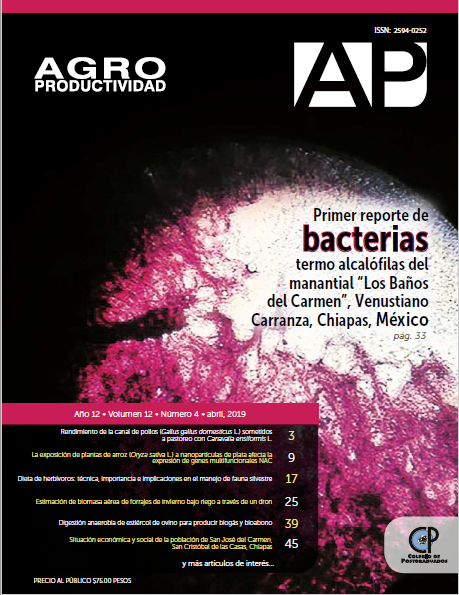Childhood belonging to Agroecotourism in the community of Tepexilotla, in Chocamán, Veracruz
Main Article Content
Keywords
Abstract
Objective: The overall objective of this study is to identify the relationship of belonging among children with their natural resources, in order to strengthen ties in the development of Agroecoturistic activity in your community, environmental conservation and natural resources of the micro-region Tepexilotla and its surroundings.
Design/methodology/approach: Agroecotourism is approached from the child's subjective perception of that community, located in the cloud forest of fog, in the high mountains of Veracruz, Mexico. We analyze the issue from four themes: (1) ownership of the rural and natural environment, (2) the child's perspective of tourism, (3) interpretation of their natural environment and (4) as an engine Agroecotourism conservation natural and development of rural communities.
Results: From the experience of the workshops with Tepexilotla´s infants, it was possible to identify that the relationship with their environment is strongly linked to the needs of life. 13 girls (52%) 9 boys (48%) between 7 and 14 years old participated. Boys include more the mountains and clouds, and girls, for stars and flowers. Less weight is given to crops. Agroturistic activities needs to be more considered at agroecoturistic workshops.
Limitations on study/implications: We are interested in children's community, because this part of society is hardly considered in the decision making of the development of rural communities throughout the world.
Findings/conclusions: With which we conclude with knowledge of the panorama of Agroecoturística activity from a child focus, as this position showed the child contribution to rural development; because children are the future decisions taken in their community, and guide the destiny of their natural environment as a means particularly vulnerable and important.

